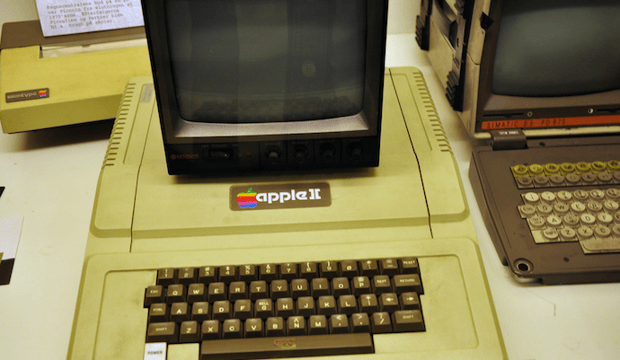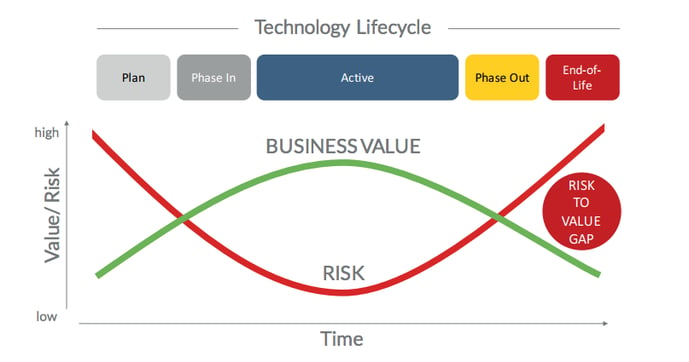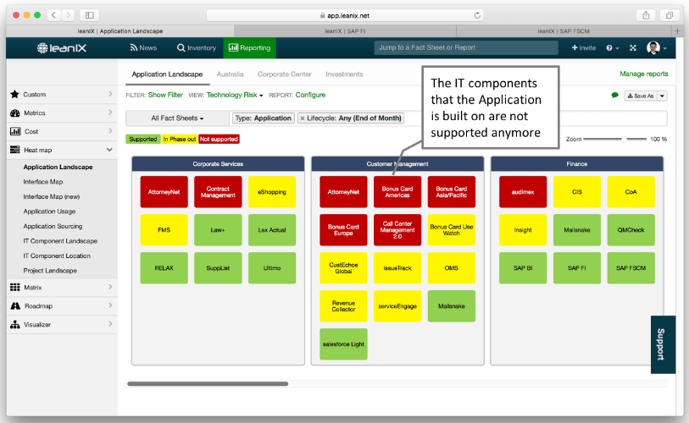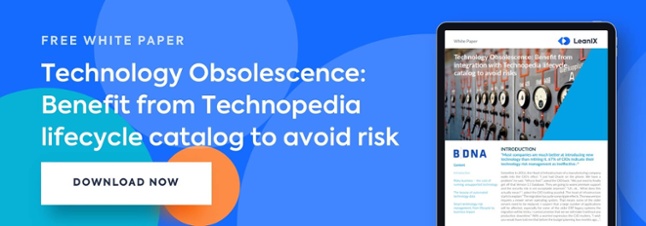
Welcome to Industry 4.0, also known as the Fourth Industrial Revolution. This revolution includes a range of new technologies that fuse the physical and digital worlds. It impacts all disciplines, economies, and industries.
The Fourth Industrial Revolution is marked by emerging technology breakthroughs in a number of fields, including robotics, artificial intelligence, nanotechnology, quantum computing, biotechnology, The Internet of Things, 3D printing and autonomous vehicles.
As technology becomes deeply embedded within society, and important updates are constantly produced, we must keep a close eye on technological obsolescence and the concerns and costs that stem from operating out-of-date systems.
3 Important Reasons Why End-Of-Life Management Is Crucial for Your Enterprise:
Assuming the remaining usefulness of obsolescent technology carries with it a very high degree of risk. Companies that don’t pay attention to deployed technology reaching obsolescence face a higher number of security risks and vulnerabilities than companies that keep a close eye on the life-cycle of elements in their IT landscape. Also, continuing to use hardware or software that is no longer supported makes it easier for cybercriminals to gain access to systems and data.

Figure 1 - Business impact of technology obsolescence.
Competitiveness
As the demand for up-to-date technology increases, companies benefit from the continual renovation of applications, systems, and processes. As the shelf life of applications has greatly decreased, customers show that they have little patience for industries that are not keeping pace. Simply put: downtime caused by IT glitches and outages pushes away customers and cost companies billions of dollars each year.
A study by the Information Technology Intelligence Consulting Research Group reports that 98% of organizations say a single hour of downtime costs over $100,000 and 33% of enterprises reported that one hour of downtime costs their firms $1-5 million.
Complexity - Complexity is the enemy of security. When it comes to the retirement of old technology, CIOs have to carefully balance two aspects. On the one hand, they need to “keep the lights on”. They need to make sure, above everything else, that IT operations are running smoothly. The old proverb says, “If it ain’t broke, don’t fix it,” but this adage was not written with digital transformation in mind. There is, of course, some truth in the saying, as an upgrade to newer technology usually is accompanied by some kind of interruption, but keeping the status quo comes at the cost of increased complexity.

Figure 2: LeanIX dashboard illustrates which applications are at risk as the underlying IT components are out of the lifecycle.
Obsolescence and hardware maintenance, as well as security, are some of the most pressing information technology problems facing organizations today. Not planning for the future of technology is by far one of the most costly IT mistakes that many enterprises make.
Is your IT landscape organized? Request a demo from our team to learn how to get a real-time view of your IT components and learn how well your application portfolio adheres to security standards.



/EN-Tech-Stacks-Poster_Resource_Page_Thumbnail.png?width=140&height=99&name=EN-Tech-Stacks-Poster_Resource_Page_Thumbnail.png)